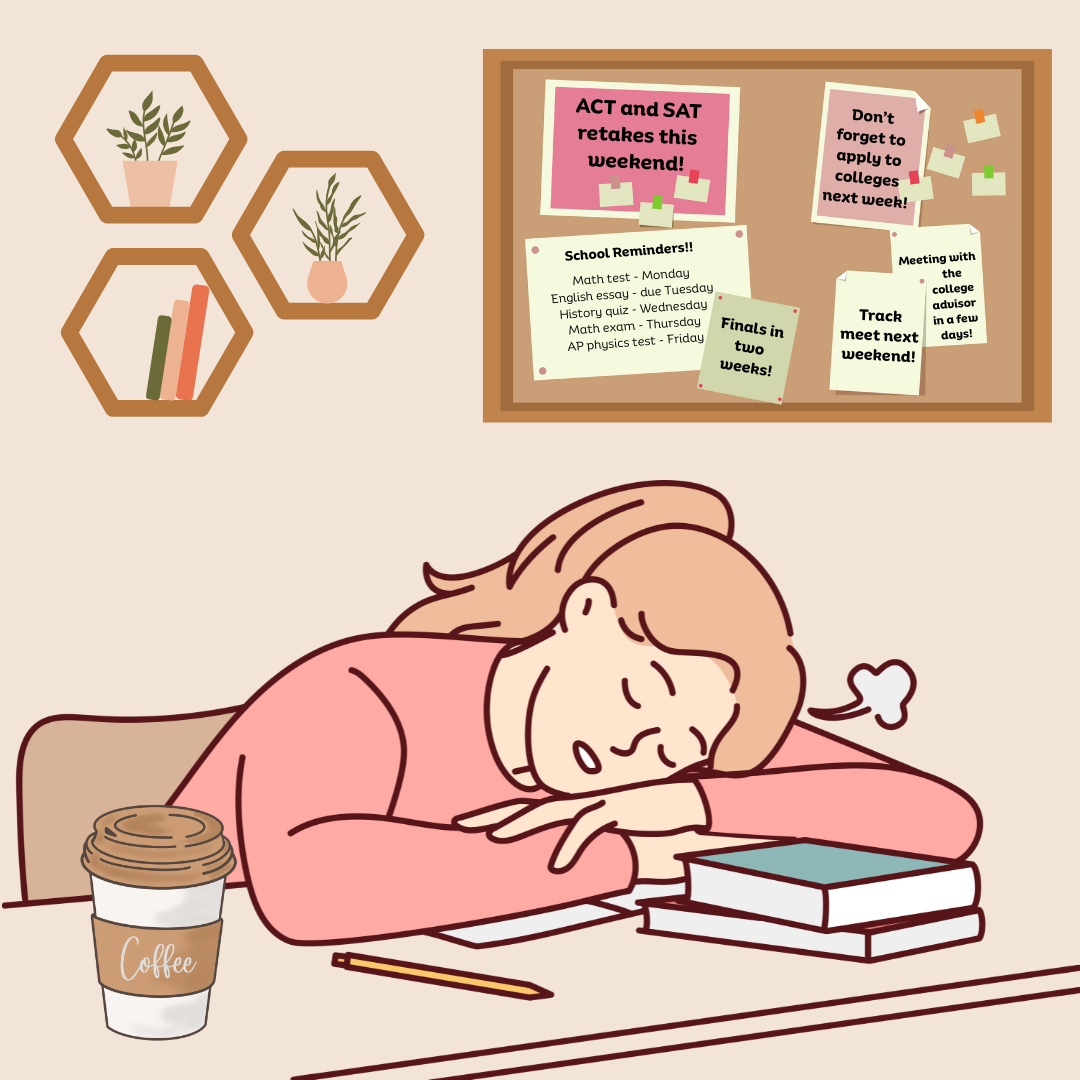The Failures of Sex Abstinence-Only Teaching
Nov 30, 2022
Abstinence-only teaching is when youth are just told to not have sex until marriage and are not educated on the matter. Sex abstinence-only teaching is like telling students that just not having sex is the only way to not have negative consequences, which is like telling someone the only way to not get sunburned is by just not going out in the sun instead of telling them about sunblock or hats. Kansas is one of the states that does not teach proper sex-ed.
At the end of the day, teenagers are going to have sex. According to the CDC, around 42% of female students and 44% of males have had sex (these studies did not consider all sexual activities). This is almost half of the teenagers in the United States are sexually active.
“We know throughout history that young people choose to be sexually active.” Paula Campbell, Director of Health Equality and Emergency Response for the Illinois primary Health Care Association said.
Campbell also said that sex abstinence-only teaching “Educates youth in a way that … makes them feel shameful of decisions.”
Sex abstinence teaching can cause shame in students. Sexual wants and thoughts are perfectly healthy for teenagers who are experiencing new hormone levels (it’s also normal if you do not have sexual attraction!). Teenagers should not feel shame for their natural feelings that they can not help.
“So if we don’t teach them about these things then if something such as sexual assault should happen, they’re not going to know what to do and who to who to turn to and how to ask for help,” Campbell said.
Sex abstinence-only teaching also does not prepare people for Assault. Even if someone chose to not have sex they could still be assaulted. People who are assaulted will not know what to do or where to go. This teaching will also make them ashamed of the situation.
Sex Ed that teaches safe sex and understanding feelings works better than abstinence teaching. Not only does abstinence-only teaching have moral issues but it also has statistical issues as well.
“The weight of scientific evidence shows these programs do not help young people delay initiation of sexual intercourse,” John Santelli, a professor at Mailman School said.
“While abstinence is theoretically effective, in actual practice, intentions to abstain from sexual activity often fail,” Santelli said. “These programs simply do not prepare young people to avoid unwanted pregnancies or sexually transmitted diseases.”
There is a lot of scientific evidence that proves that abstinence-only teaching does not combat STDs and unplanned pregnancies. Therefore sex abstinence-only teaching is unproductive.
“And it doesn’t give them the skills to negotiate and to get help or to help prevent pregnancies even at an older age when they might…be wanting to be sexually active,” Campbell said.
“Understand that it sets limitations by keeping that information away from them and actually burdens them and leaves them vulnerable for making informed decisions and not able to ask for help,” Campbell said.
Schools could still preach about waiting (even though morally it is problematic) and then also teach proper sex ed, this is called abstinence-plus which would be a win for both sides. Science is saying that what schools are doing now is not working. Schools should all teach at minimum abstinence plus curriculums so that they can have a decreased number of STDs and unplanned pregnancies.
“If you don’t provide the other side of the story, people will just be put more at risk for pregnancies and put more at risk for STDs and not have access to health care,” Campbell said.





